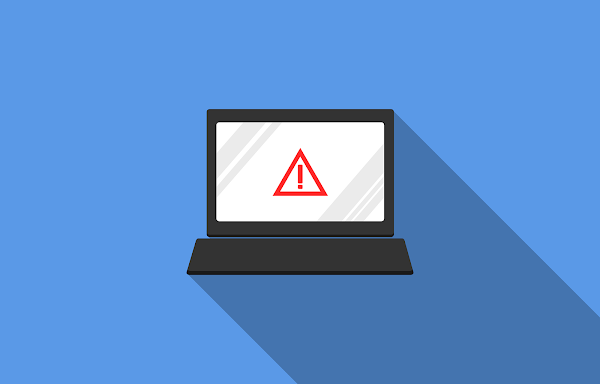In a major breakthrough, cybersecurity experts uncovered a major weakness in the DanaBot malware system that ultimately led to the disruption of its operations and criminal charges against its operators.
DanaBot, which has been active since 2018, is known for being sold as a service to carry out cybercrimes like banking fraud, stealing personal information, carrying out remote attacks, and launching distributed denial-of-service (DDoS) attacks. The malware remained a persistent threat until recent enforcement actions successfully targeted its infrastructure.
Discovery of the DanaBot Weakness
Researchers from Zscaler’s ThreatLabz team identified a serious flaw in DanaBot’s system in a version released in June 2022. This flaw, later called "DanaBleed," exposed the internal workings of the malware to security professionals without the attackers realizing it.
The issue stemmed from changes made to DanaBot’s communication system, known as the command and control (C2) protocol. The updated system failed to properly handle random data in its responses, accidentally revealing leftover information stored in the malware’s memory.
Because of this memory leak, security experts were able to repeatedly collect sensitive fragments from DanaBot’s servers over time. This flaw is similar to the infamous HeartBleed vulnerability that affected OpenSSL in 2014 and caused serious security concerns worldwide.
What the Flaw Exposed
Through careful analysis, researchers were able to access highly valuable information, including:
• Details about the malware operators, such as usernames and IP addresses
• Locations of DanaBot’s servers and websites
• Stolen victim data, including login credentials
• Records of malware updates and internal changes
• Private cryptographic keys used for security
• Internal system logs and SQL database activity
• Parts of the malware’s management dashboard
For more than three years, DanaBot continued to operate with this hidden security hole, giving investigators a rare opportunity to quietly monitor the criminals and gather detailed evidence.
Law Enforcement Action
After collecting enough proof, international law enforcement teams launched a coordinated operation called "Operation Endgame" to shut down DanaBot’s network. This effort led to the takedown of key servers, the seizure of over 650 domains connected to the malware, and the recovery of nearly $4 million in cryptocurrency.
While the core group of attackers, mainly located in Russia, has been formally charged, no arrests have been reported so far. However, the removal of DanaBot’s infrastructure has significantly reduced the threat.
Final Thoughts
This case highlights the importance of careful cybersecurity monitoring and how even well-established criminal groups can be exposed by overlooked technical mistakes. Staying updated on the latest security research is essential, as malware groups often release new versions and fixes that may change the threat landscape quickly.














.jpg)












